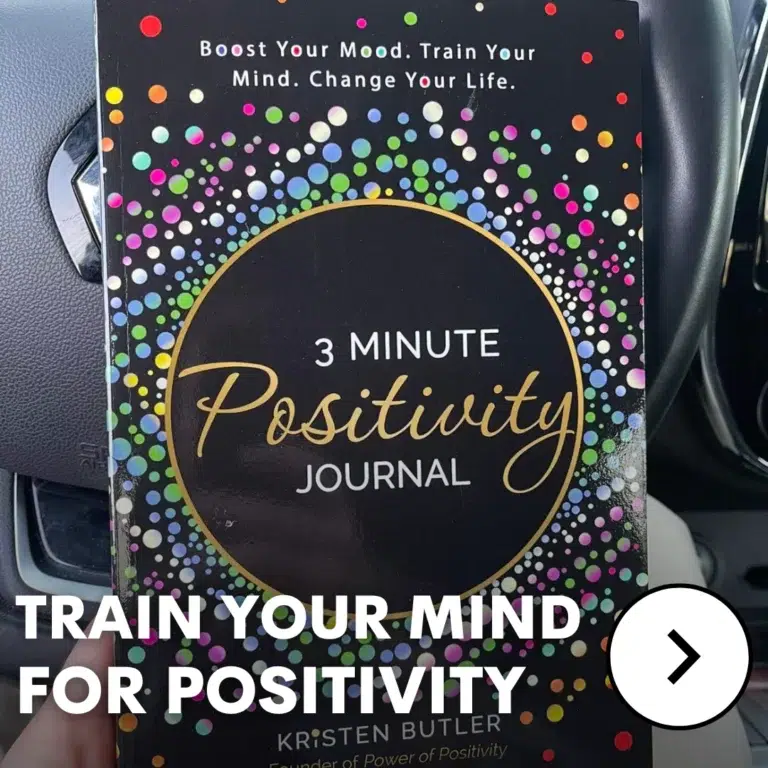Something feels off — but you can’t explain it. So you brush it off, power through, and keep going. Sound familiar? Most people do this every day. But here’s the thing: until you start naming what you feel, it just keeps building. Quietly. Heavily. Sometimes all it takes is saying one honest word — “overwhelmed,” “lonely,” “tense” — and suddenly, it clicks.
That small act of putting a name to your feeling does more than you think. It helps your brain slow down. It takes you out of that spiral. It lets you deal with what’s really going on instead of staying stuck in it.
You don’t need deep therapy sessions to get started. You just need to ask yourself, “What is this feeling?” Naming what you feel doesn’t make you weak. It gives you a starting point — and that’s where things start to change.
What It Actually Means to “Name a Feeling”
Most people say things like “I’m tired” or “I’m stressed” without thinking much about it. But naming what you feel goes deeper than tossing out a quick word. It’s your brain trying to figure out what your body is saying. When you stop and really name the feeling, you’re turning confusion into clarity.
Emotions are automatic — like when your heart races or your stomach drops. Feelings are when you slow down and say, “Oh, that’s anxiety” or “I feel left out.” Naming what you feel helps your brain and body get on the same page.
Here’s how to spot when you’re really naming a feeling:
- You stop and notice what’s going on inside you.
- You give it a word that fits — not just “fine” or “bad.”
- You feel a little lighter or more clear afterward.
- You don’t try to fix it right away — just name it.
Naming what you feel isn’t about fixing your emotions. It’s about facing them. That small step makes a big difference in how you handle the rest of your day.
What Happens in Your Brain When You Label Emotions
Big feelings can make your brain feel foggy. When you don’t understand what’s happening, it’s easy to panic or shut down. But naming what you feel helps calm that storm. It’s not magic — it’s science.
Your brain has a stress center called the amygdala. It lights up when you’re upset, scared, or angry. But once you name the feeling, your brain shifts — the thinking part (called the prefrontal cortex) starts to take over.
This small action helps you feel more grounded, even during tough moments. When you give a name to what you’re feeling:
- Your brain feels more in control
- You stop guessing what’s wrong
- You react slower — and smarter
- You feel less stuck or overwhelmed
The next time you feel off, try this: pause, name it, and notice what shifts. You don’t need fancy words. Just honest ones. Naming what you feel helps your brain settle — and that’s a skill worth practicing.
It’s the First Step Toward Responding Instead of Reacting
Feelings can sneak up fast. One second you’re calm, the next you’re snapping at someone. That’s what happens when emotions take the lead. But naming what you feel gives you space to hit pause before things get out of hand.
When you name a feeling, you stop reacting on autopilot. You start responding in a way that actually helps. It doesn’t mean the feeling disappears — it just means you’re steering the wheel again.
These small habits can help you move from reaction to response:
- Say what you’re feeling before you act
- Use specific words like “ignored” or “hurt,” not just “mad”
- Give yourself a beat before replying to someone
- Remind yourself that feelings pass — they don’t stay forever
Naming what you feel gives you the upper hand. Instead of saying something you’ll regret or holding it all in, you deal with the emotion as it is — not as it explodes.
Naming a Feeling Is a Form of Self-Validation
Some days, you don’t need advice — you just want to feel understood. And the truth is, you can give that to yourself. Naming what you feel is one of the easiest ways to feel seen, even if no one else is around.
You’re not making things up. You’re not being too sensitive. You’re just being honest with yourself. And when you name a feeling out loud or write it down, you send yourself a message: “This matters.”
Here’s what it looks like to validate yourself through naming:
- You admit what’s going on without guilt
- You let yourself feel it without pushing it away
- You stop chasing outside approval
- You treat yourself like someone who deserves kindness
Naming what you feel is like checking in with yourself in a real, honest way. You don’t need permission to do it. You just need to give yourself the chance.
Clearer Language = Clearer Relationships
Relationships get tricky when you can’t say what’s wrong. You might pull away, lash out, or stay quiet — all because you can’t name what you feel. But when you use the right words, people stop guessing. They start understanding.
Naming what you feel gives others a clear picture of what’s happening inside you. It helps avoid drama, cuts down on miscommunication, and makes it easier to ask for what you need.
Try using clearer emotional language like this:
- Instead of “I’m fine,” say “I feel left out.”
- Swap “Whatever” with “I’m frustrated but don’t know how to say it.”
- Ditch “Nothing’s wrong” for “I’m just overwhelmed right now.”
You don’t have to get every word perfect. Just say what’s real. When you name your feelings, you create space for better conversations — and stronger connections.
Avoiding the Mess of Unnamed Emotions
When you don’t name your feelings, they don’t go away — they just pile up. That’s when everything starts to feel heavy, and you don’t even know why. One emotion turns into three, and you’re stuck in a fog.
That mix-up usually happens when:
- You ignore a feeling instead of naming it
- You act out the emotion without understanding it
- You blame yourself for feeling anything at all
- You keep saying “I’m fine” when you’re clearly not
But here’s the fix: slow down and name what’s going on. That simple step can stop the spiral.
Naming what you feel keeps your emotions from snowballing into something bigger. It’s like putting labels on boxes — once you know what’s inside, it’s easier to carry. It won’t solve everything, but it helps you handle what’s real instead of reacting to what’s unclear.
Final Thoughts: Naming Your Emotions Doesn’t Make You Weak — It Makes You Free
Hard days aren’t going away — but naming what you feel can make them easier to face. It gives you a way to sort through the noise and take back some control. Instead of being dragged around by your emotions, you get to decide how to respond.
You don’t need big words or deep explanations. A simple, honest answer to “What am I feeling right now?” is enough. It could be “stuck,” “numb,” “hurt,” or “hopeful.” Whatever it is, just name it.
Once you do, you’re no longer stuck inside it. You’ve taken the first step toward handling it. That’s not weakness — that’s strength in real life.
Naming what you feel helps you move through it, not around it. And the more you do it, the more freedom you’ll find in your own mind. That’s the real power. And it’s something you already have.















